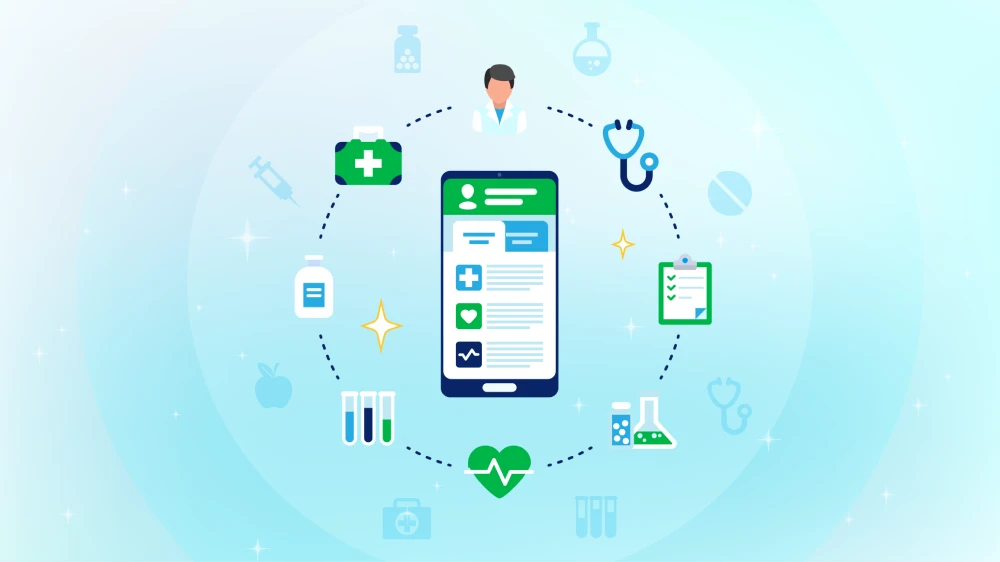
Digital solutions that prioritize patient accessibility and enable real-time care delivery are known as mobile-first platforms in healthcare. These platforms represent a fundamental shift from traditional desktop-centric healthcare systems to intuitive, accessible mobile experiences that meet patients where they are most comfortable.
The healthcare industry is experiencing unprecedented digital transformation. Mobile-first platforms in healthcare have evolved from simple appointment booking apps to comprehensive ecosystems that support chronic disease management, telemedicine consultations, and continuous health monitoring.
This approach ensures that critical healthcare services remain accessible 24/7, regardless of location or device limitations.
Modern healthcare consumers expect seamless digital experiences similar to those they encounter in other industries.
By designing with mobile devices as the primary interface, healthcare organizations can deliver more personalized, responsive, and accessible care that improves patient outcomes while reducing operational costs.
What is a Mobile-First Platform in Healthcare?
A mobile-first platform in healthcare is a digital solution architected and designed specifically for mobile devices before being adapted for desktop or tablet use.
The mobile user experience is prioritized in this strategy, ensuring optimal functionality on smartphones, where the majority of patient interactions take place. Mobile-first platforms are built from the ground up with mobile constraints and capabilities in mind, in contrast to traditional responsive design, which adapts desktop interfaces for mobile screens. This includes considerations for touch interfaces, limited screen real estate, offline functionality, and integration with native mobile features like cameras, GPS, and push notifications.
The global healthcare mobile application market demonstrates this shift’s significance.
In 2024, the market was worth $114.17 billion, and by 2030, it is expected to be worth $1,070.58 billion. This explosive growth reflects healthcare organizations’ recognition that mobile-first approaches are essential for modern patient engagement.
Why Healthcare Apps Need to Be Accessible Healthcare accessibility extends far beyond compliance requirements. Solutions for the digital experience in healthcare need to be able to accommodate a wide range of patient populations with varying levels of technological literacy, physical abilities, and socioeconomic status. Mobile-first platforms in healthcare naturally enhance accessibility through intuitive interfaces that require minimal training.
Healthcare services are available to elderly patients, people with disabilities, and people who don’t know much about technology thanks to large touch targets, simplified navigation, and voice-activated features. According to research, 74% of patients are satisfied with digital health services. This suggests that well-designed mobile platforms successfully fill accessibility gaps that are frequently created by traditional healthcare delivery methods. This satisfaction translates directly into improved patient engagement and better health outcomes.
The Americans with Disabilities Act (ADA) compliance becomes more manageable with mobile-first design principles. Features like screen reader compatibility, high contrast modes, and customizable text sizing are easier to implement when considered from the initial design phase rather than retrofitted to existing desktop applications.
 Techosta Where Tech Starts From
Techosta Where Tech Starts From